Can you screw into MDF? For most beginners, this question is a common one. It is easy to find yourself in a challenging situation while screwing into MDF. One of the most common problems encountered when attempting this process is spitting. Is there is a solution to this? Is it possible to screw into MDF? Check these tips on how some experienced woodworkers deal with screwing into MDF successfully.
MDF Splitting – Why?
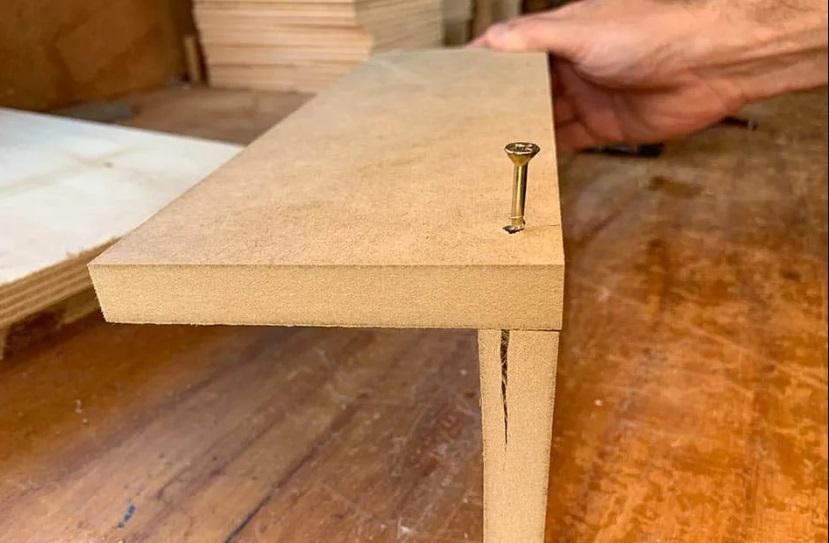
Before finding out whether it is possible to screw into MDF, it is vital to understand why this material splits when attempting to screw together. MDF splits when screwed since the screw serves as a wedge. As such, it pushes the fibers in the MDF to become weak and separate. Splitting usually happens when you are not using a pilot hole.
It also helps to understand how MDF is made up. It is a not a natural substance, but a man-made material that is made out of wood fibers that are glued together using a synthetic resin and pressed inside a huge press. Because of this, you can get the idea why MDF has the tendency to split easily. Any attempt to screw it together requires extra care.
Use a High-Quality MDF
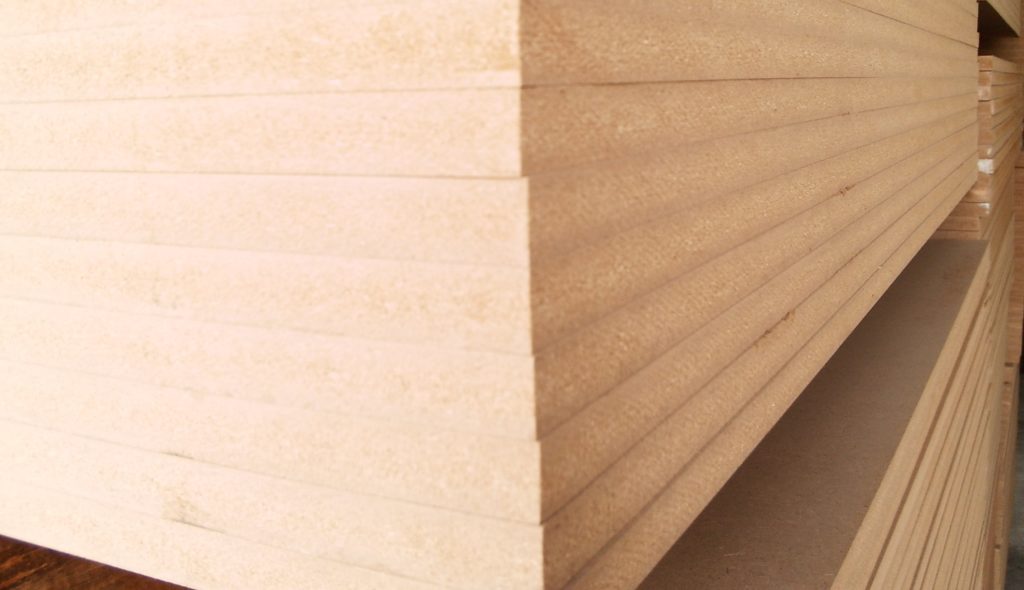
MDF is readily available, and can be purchased at most stores. When looking for MDF to use, it is best to get the best quality one, in terms of density. The cheaper ones usually come with a lower density, which could mean that compaction is less. They are the most challenging to deal with since they have the tendency to split fast when screwed.
As such, it is highly recommended to get a higher grade MDF, or at least get the ones that are labeled as “standard”. They may be a bit more expensive than others but the higher density will no doubt make it a lot easier to screw them together. MDF with higher density also means strength, which means that they can more likely hold the screw longer. You may do a test first by trying it on a scrap piece.
Pre-Drill Your Screw Holes to the Appropriate Size
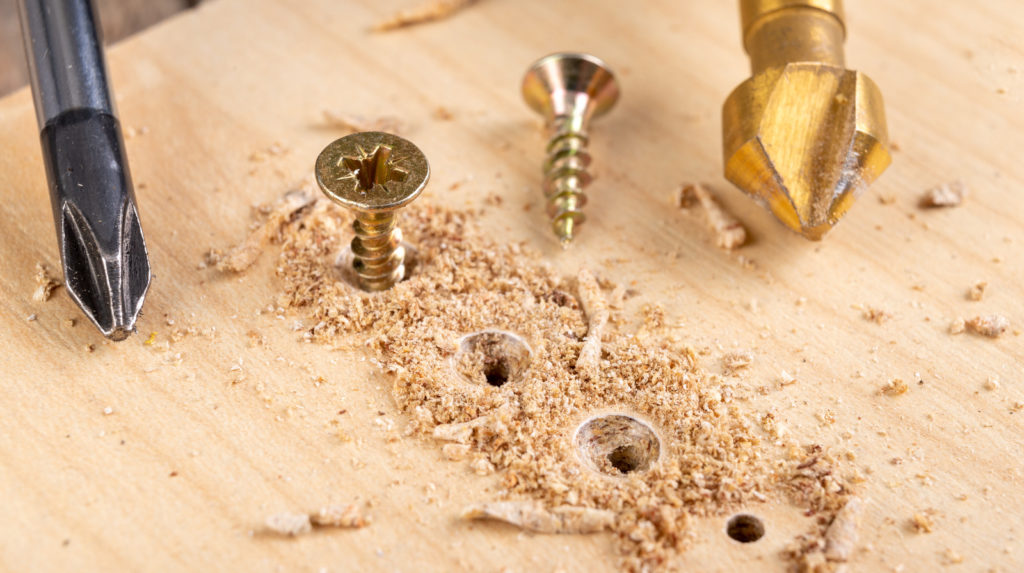
Each time you work with MDF, it is advisable to pre-drill the screw holes to the appropriate size. This is mostly skipped by beginners, and often result to splitting. A pilot hole that will suit the screw is the best step you can take to make sure that you can achieve your desired output.
To ensure the right pilot hole size, choose the type of screws that you are planning to use, then choose the drill bit with a similar size. Hold both the screw and the drill bit up towards the light to see whether you have the size right. Make sure that the hole is also the right size, not too big as the threads of the screw may not bite into the MDF.
Use a Clearance Hole

A clearance hole is different with the pilot hole mentioned earlier. As suggested by its name, a clearance hole offers clearance to the screw shank in the surface you are working on. On top of that, it also offers relief to the screw when tightened. This will ensure that it will not split. This is possible as you will screw into the face of the MDF and into the edge of another MDF piece.
It is also recommended to use a quality dust collector. Professional woodworkers recommend products such as the Shop Fox W1685 dust collector. They also offer enough space to align the joints after they are screwed together. To finish up lining, a small tap using a hammer will do. This tip may not be necessary if a pilot hole was put in place in the main piece, as there is no need to place a clearance in adjusting the joints.
Straight Shanked Wood Screw vs. Tapered Wood Screw
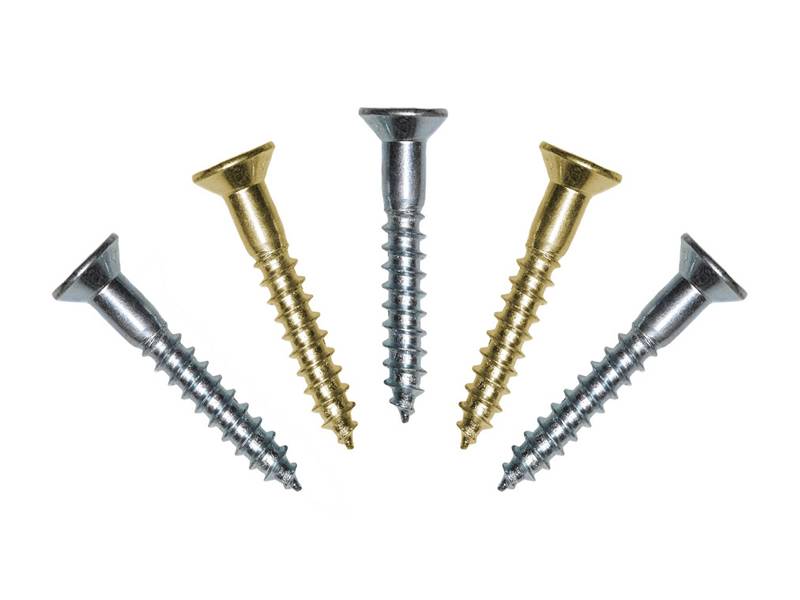
Professional woodworkers recommend the use of a straight shanked wood screw instead of the tapered type. This is because the latter only serves as a wedge when it is driven in, thus forcing the fibers of the wood to break down and separate. They are the old screw style which are no longer commonly used in modern woodworking. Regardless of the type of screw that you opt to use, it is recommended to drill a pilot hole first.
Drill into the Middle Part of the MDF Edge
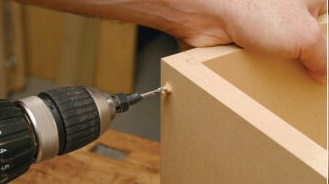
The chances of MDF splitting when the screw is driven into the middle part of the MDF edge is significantly less. If the screws end up wandering off or if you accidentally drilled the wrong area, the wood fibers close to the outer edge of the MDF may not be enough to provide support to the screw. This could easily result with the MDF splitting, or a breakout that usually happens on the outer surface. They will not just look attractive, but results in a joint that is not strong enough.
Avoid Tightening the Screws Too Much

Since MDF is manufactured using pressed wood fibers, it may not be able to offer enough strength when compared to real wood. The most common solution for this is to tighten the screws. Still, it is best not to overtighten them, as this will cause the screw threads from pulling into the MDF, thus ending up with a stripped screw hole.
In order to know whether you have applied the right tightness to the screw, you may want to use the clutch on a cordless drill. This part is the turnable collar that is located at the front of the drill, with numbers surrounding it. It works by preventing the overtightening of screws.
Conclusion
So, can you screw into MDF? Yes, it is possible. By trying the tips mentioned above, you can find out the best way to solve the problem. MDF is no doubt one of the most amazing materials that you can have in your workshop. It features sheets with smooth and flat surface, and they are ideal for several uses including templates, jigs and boxes. Even though it may be challenging to deal with, such as when screwing, the tips above will help you achieve the output you intend.
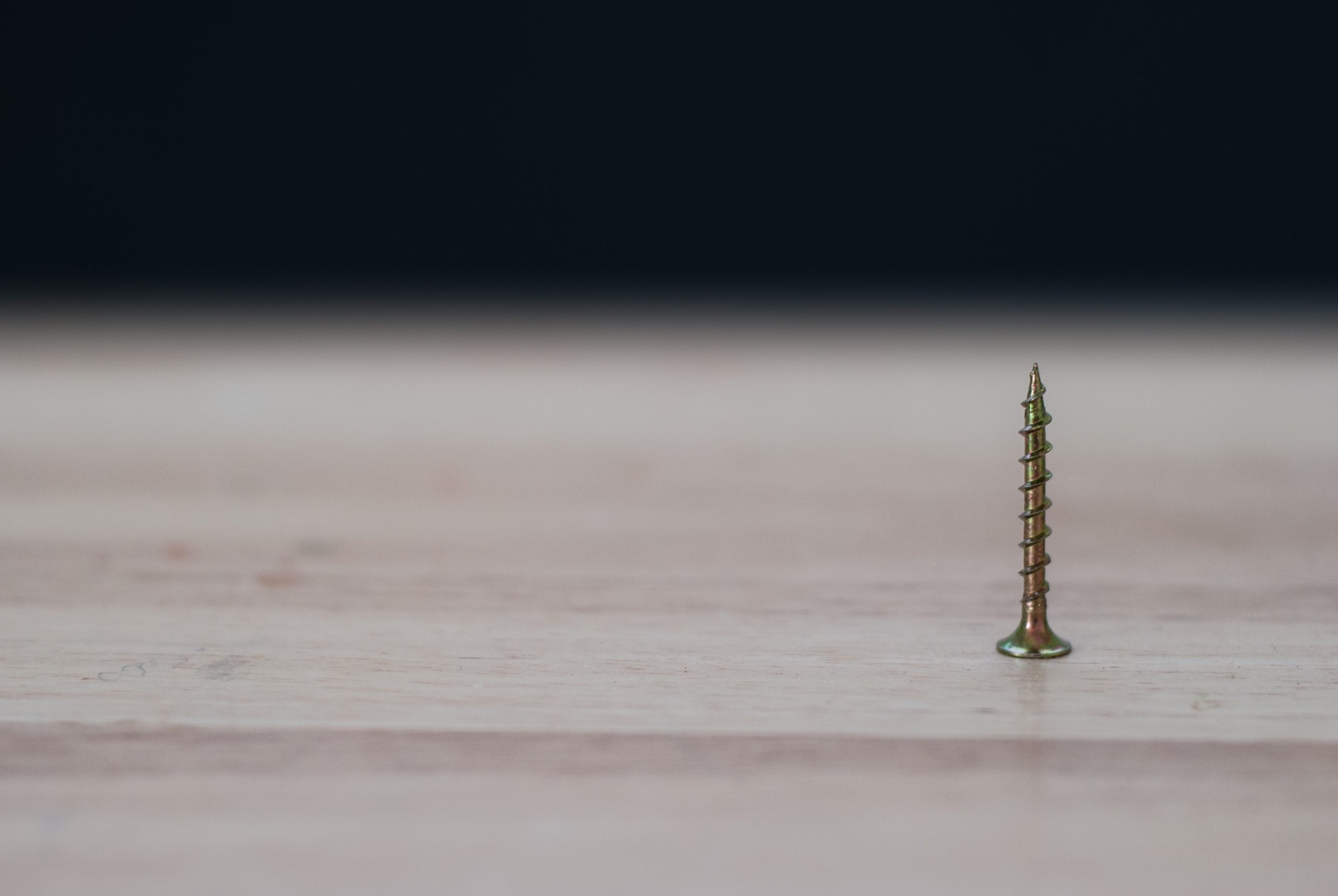
Leave a Reply